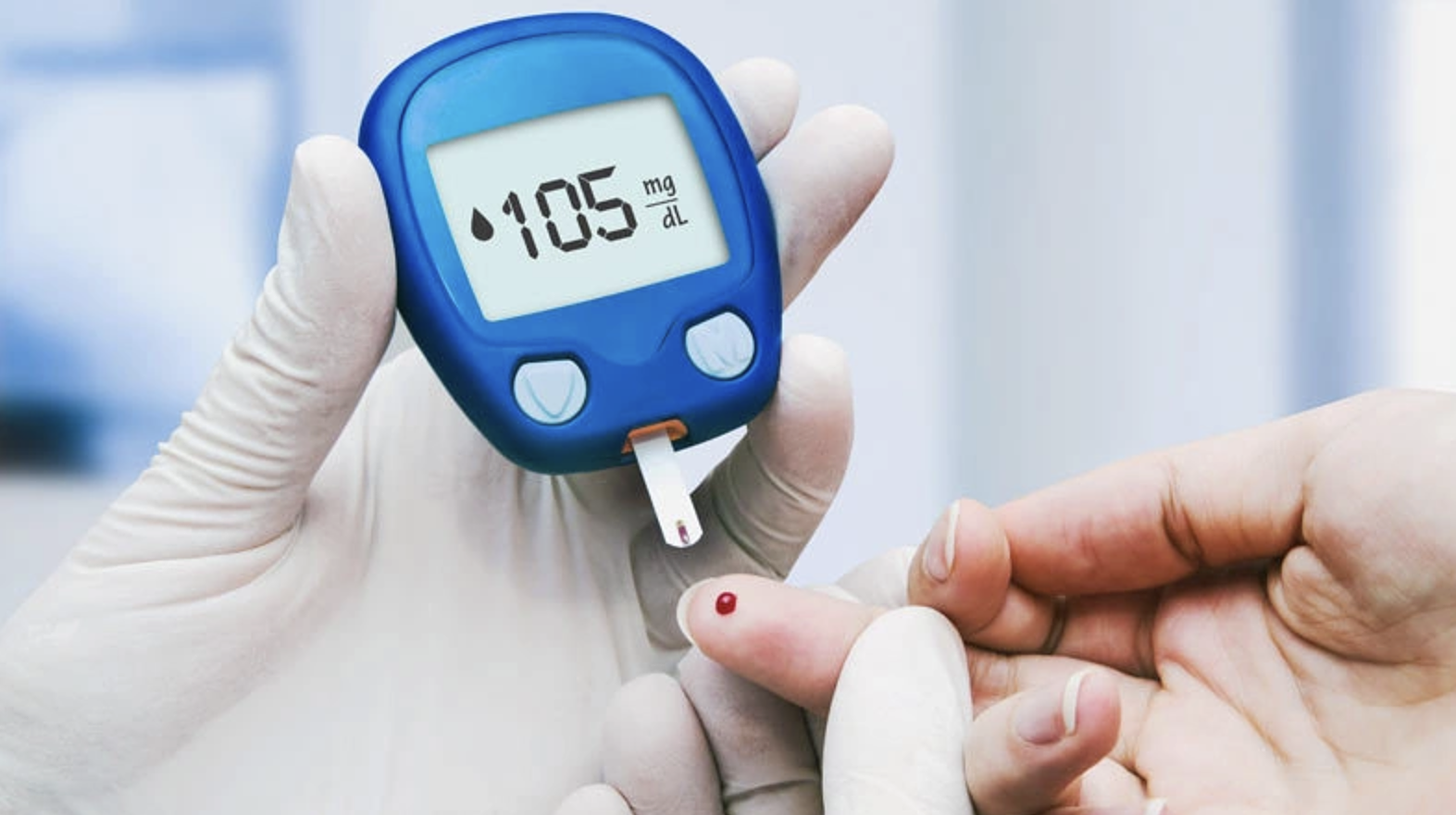Doctor Huynh Tan Vu of the University Medical Center Ho Chi Minh City - Facility 3, explained that some individuals experience high blood sugar without having diabetes. With dietary changes and exercise, their blood sugar levels can return to normal.
This distinction between diabetes and temporarily elevated blood sugar often leads to misunderstanding. Some people mistakenly believe they are cured of diabetes when their blood sugar levels decrease after implementing lifestyle changes.
What is blood sugar?
Sugar, or blood glucose, is the body's primary energy source and a crucial fuel for organs, especially the nervous system and brain.
The glycemic index (GI) measures blood glucose concentration, typically in mmol/l or mg/dl. Blood glucose levels fluctuate constantly throughout the day, even minute by minute, influenced primarily by diet and daily activities.
A certain amount of sugar is always present in the blood. Consistently high blood sugar can lead to diabetes, causing complications in various organs, particularly the kidneys and blood vessels.
 |
Blood glucose measurement. Photo: drexcomedical |
Blood glucose measurement. Photo: drexcomedical
What are normal blood sugar levels?
Normal blood sugar levels are as follows:
Any time: < 140 mg/dL (7.8 mmol/l).
Fasting: < 100 mg/dL (
After meals: < 140 mg/dL (7.8 mmol/l).
HbA1c: < 5.7%.
More specifically:
Fasting blood sugar is measured first thing in the morning before consuming any food or drink (after an 8-hour fast). A fasting blood sugar level between 70 mg/dL (3.9 mmol/L) and 92 mg/dL (5.0 mmol/L) is considered normal.
Research indicates that individuals with fasting blood sugar within this range have a low risk of developing diabetes within the next 10 years or longer.
For healthy individuals, blood sugar levels after meals should be below 140 mg/dL (7.8 mmol/L) within 1-2 hours of eating.
Normal blood sugar levels before sleep typically range from 110-150 mg/dL (6.0-8.3 mmol/l).
An HbA1c level below 48 mmol/mol (6.5%) is normal. This test is often used to diagnose diabetes.
Blood sugar below 70 mg/dL (3.9 mmol/L) is considered hypoglycemia, a dangerous condition requiring immediate medical attention. Continued low blood sugar can lead to coma and brain damage. High blood sugar, on the other hand, can result from reduced insulin production by the pancreas or from the body's inability to use insulin effectively (insulin resistance).
To meet the body's needs, the pancreas has to work increasingly harder, eventually becoming overloaded and damaged. High blood sugar also contributes to hardening of the arteries, known as atherosclerosis. Most parts of the body are susceptible to damage from high blood sugar levels.
My Y












